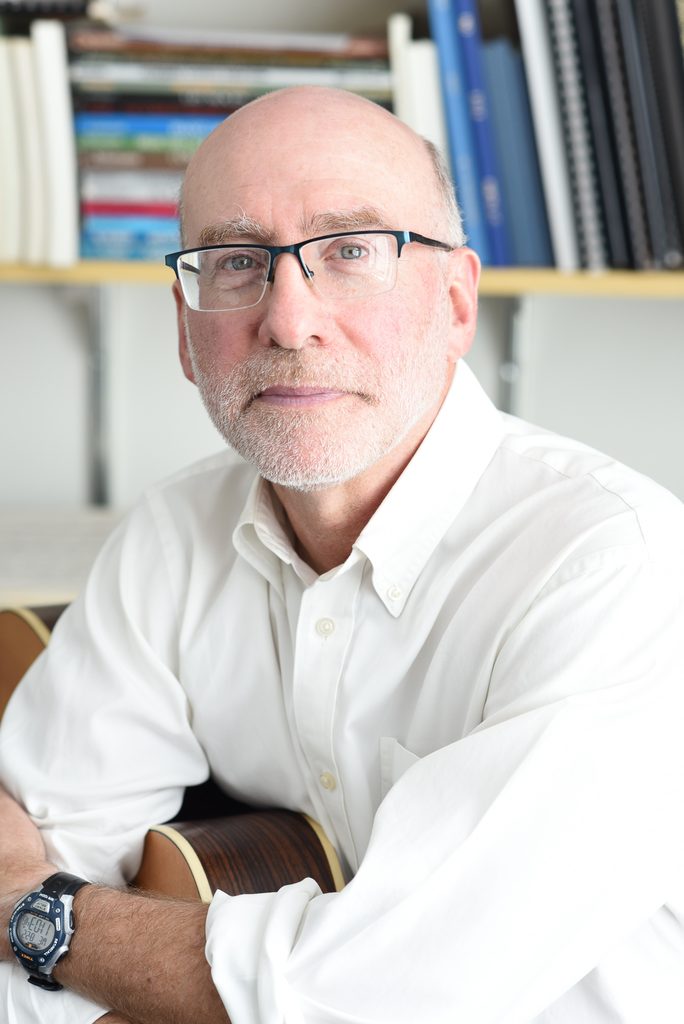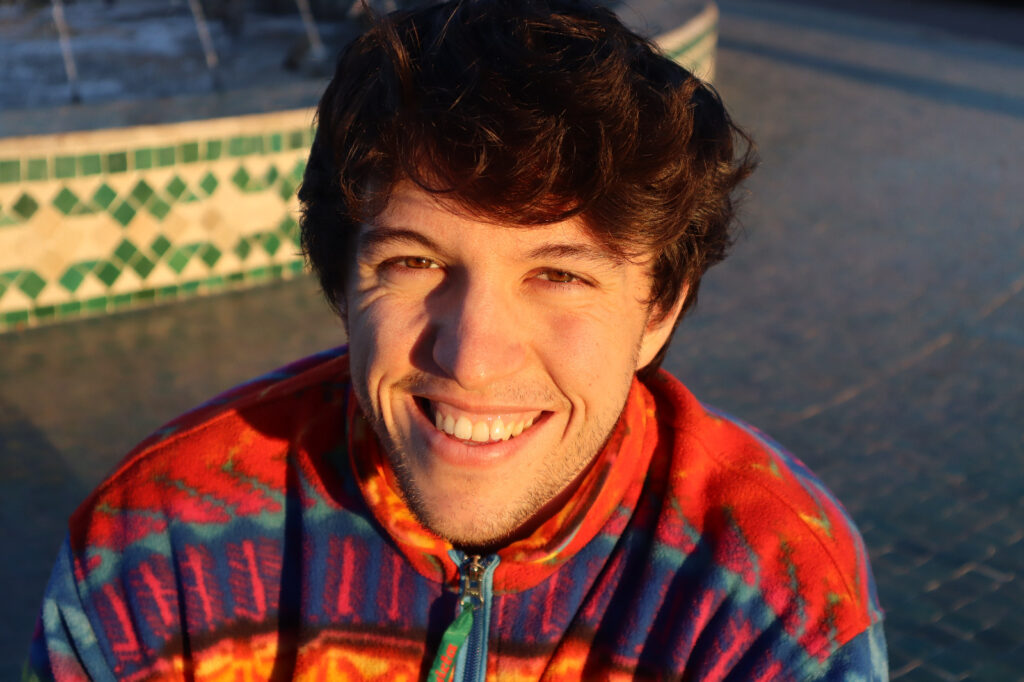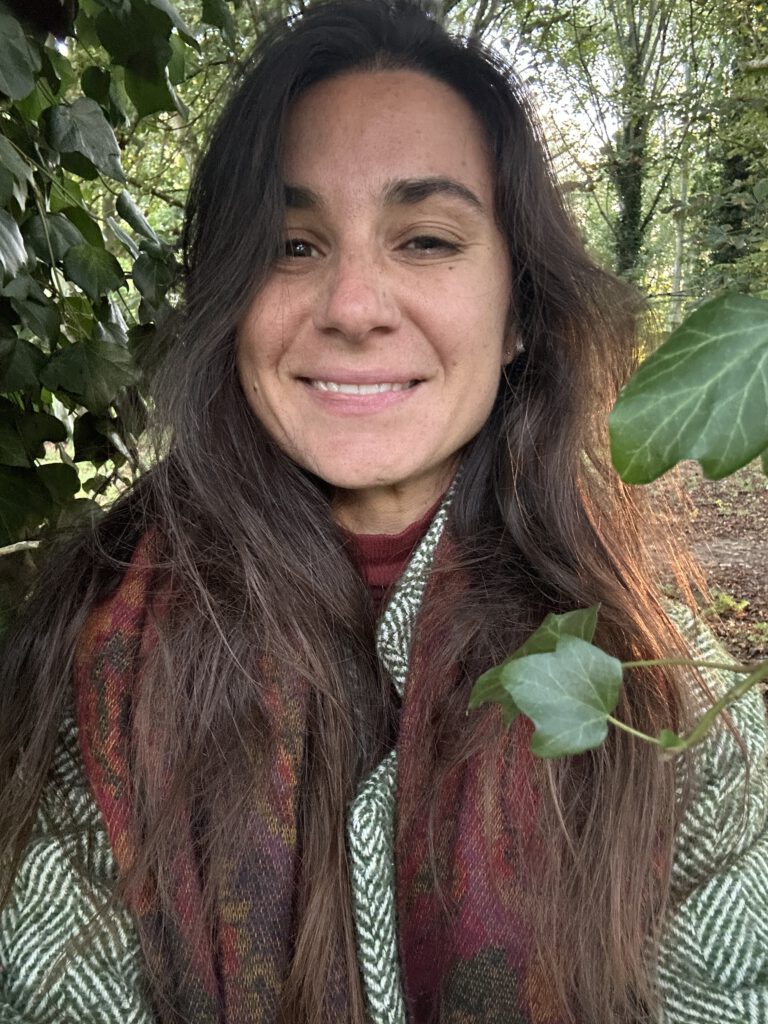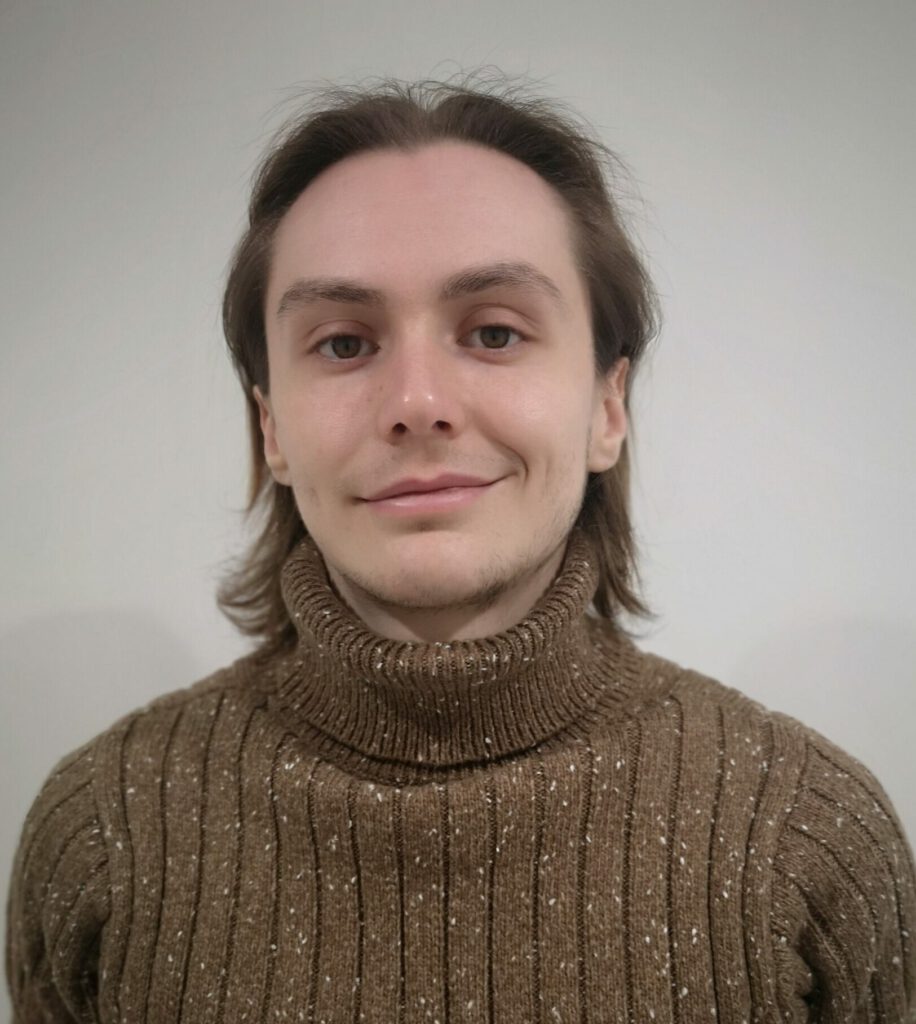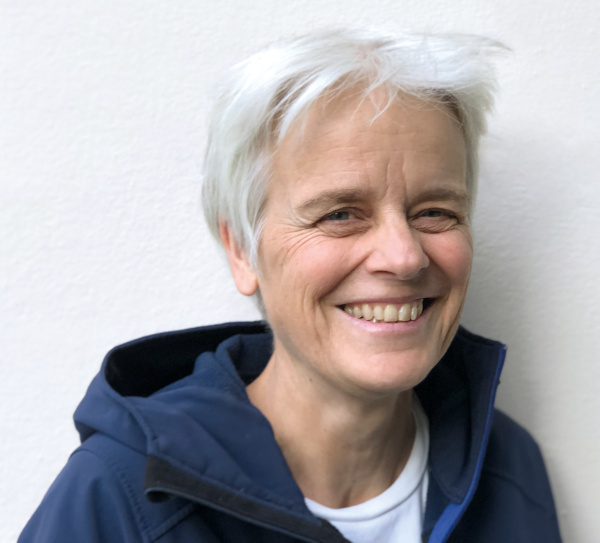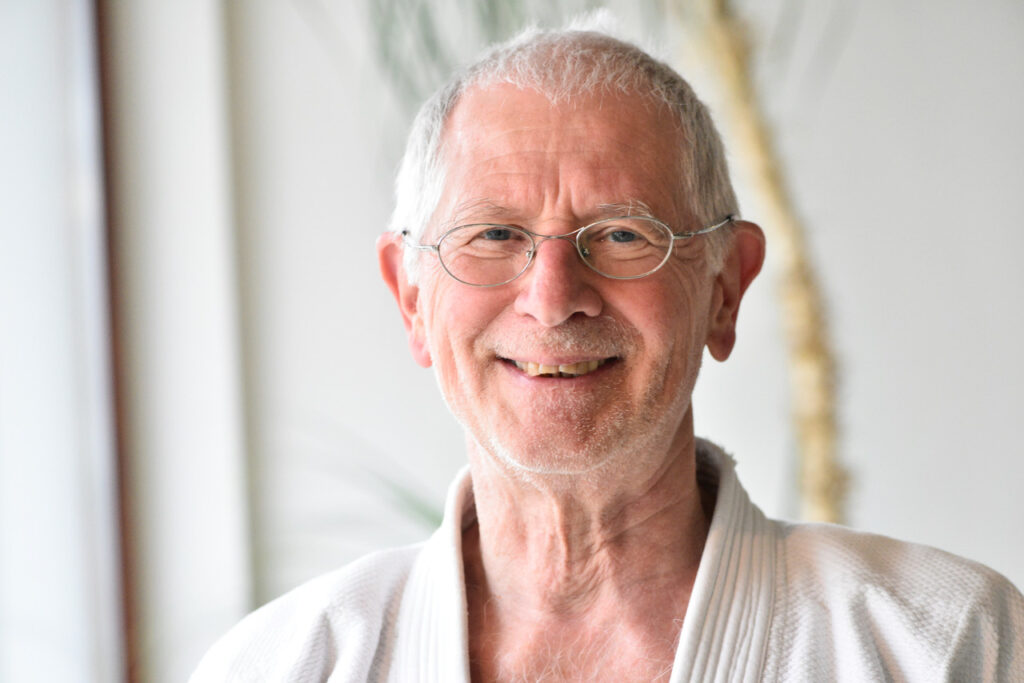Lecturer: Till Bockemühl
Fields: Neuroscience
Lecture 1: Basics
What does a neurobiologist do? What do nervous systems look like and how are they structured? Why do animals have nervous systems? What are neurons? How do neurons work and how do they communicate with each other?
Lecture 2: Sensory and motor systems
How do nervous systems sense the world, what is their input? How do vision, hearing, and the vestibular system work? How can nervous systems affect the world and what is their output? How do muscles work?
Lecture 3: Tools, methods, and model organisms
Which animals are studied in neuroscience? How can neuroscientists measure the structure and processes of nervous system? How do electrophysiology and calcium imaging work? Can we use genetics to explore and change nervous systems? What is optogenetics and how can we use it to control nervous systems?
Lecture 4: Important concepts
What are reflexes and how do they function? What are efference copies and corollary discharge and how are they used in nervous systems? How do animals navigate, what is path integration, and which structures in nervous systems contribute to this behavior?
Objectives of this course
This course is intended for listeners without a background in neurobiology or neuroscience. My goal is to give an overview of what it means to do neurobiology or be a neurobiologist, in general. I will broadly cover several levels of description, i.e. the cellular level, the systems level, methods, and concepts, so that the audience will get a good idea of what the current state of neurobiology and neuroscience is, how we address open questions in the field, and which developments might be coming in the future. The course will equip you with useful information applicable for other neuro-related courses during IK.
Literature
There are many excellent textbooks on general neurobiology and neuroscience; any of those will be helpful if you want to prepare for the course in advance. If I had to pick two, these books are more than comprehensive:
– Principles of Neural Science. Eds. Eric R. Kandel, James H. Schwartz, and Thomas M. Jessell. Vol. 5. New York: McGraw-Hill, 2012.
– From Neuron to Brain. Eds. John G. Nicholls, A. Robert Martin, Paul A. Fuchs, David A. Brown, Mathew E. Diamond, and David A. Weisblat. Vol. 5. Sunderland: Sinauer Associates, 2012.
Lecturer
Till Bockemühl studied biology and philosophy at Bielefeld University. He did his diploma thesis as well as his doctoral thesis with Volker Dürr in the lab of Holk Cruse at Bielefeld University. Currently, he is a postdoctoral researcher in the lab of Ansgar Büschges at the University of Cologne. His main research interests comprise the motor control of locomotion, neuroethology, and computational neurobiology. To investigate these topics, he uses the fruit fly Drosophila and the ever-expanding toolkit of methodological opportunities this model organism has to offer.
Affiliation: University of Cologne
Homepage: http://www.zoologie.uni-koeln.de/bueschges-staff-tillbockemuehl.html
Ronald Sladky. My research focuses on the amygdala and emotion processing in the human brain. In addition, I am always working on new neuroimaging, data processing, and modeling methods. One of these new methods is real-time functional MRI, where people can learn to regulate their own brain states while they are inside the MRI scanner. This method is not only a promising therapeutic tool, it will also allow for completely new ways of discovering how our brains work.
Affiliation: University of Vienna
Homepage: http://sweetneuron.at
